
Filter News
Area of Research
News Type
News Topics
- (-) Big Data (2)
- (-) Machine Learning (2)
- (-) Microscopy (3)
- (-) Summit (1)
- 3-D Printing/Advanced Manufacturing (33)
- Artificial Intelligence (1)
- Bioenergy (4)
- Biology (3)
- Biomedical (2)
- Biotechnology (1)
- Buildings (19)
- Chemical Sciences (1)
- Clean Water (5)
- Composites (9)
- Computer Science (10)
- Coronavirus (6)
- Critical Materials (5)
- Cybersecurity (2)
- Energy Storage (31)
- Environment (21)
- Grid (20)
- High-Performance Computing (1)
- Hydropower (2)
- Materials (14)
- Materials Science (10)
- Mathematics (2)
- Mercury (2)
- Nanotechnology (1)
- National Security (1)
- Neutron Science (1)
- Nuclear Energy (1)
- Polymers (5)
- Security (2)
- Simulation (1)
- Space Exploration (2)
- Statistics (1)
- Transportation (36)
Media Contacts

What’s getting Jim Szybist fired up these days? It’s the opportunity to apply his years of alternative fuel combustion and thermodynamics research to the challenge of cleaning up the hard-to-decarbonize, heavy-duty mobility sector — from airplanes to locomotives to ships and massive farm combines.
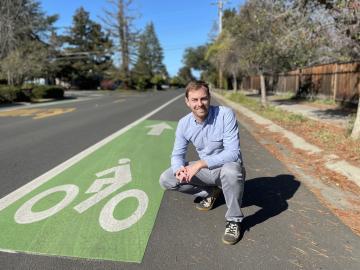
David McCollum is using his interdisciplinary expertise, international networks and boundless enthusiasm to lead Oak Ridge National Laboratory’s contributions to the Net Zero World initiative.
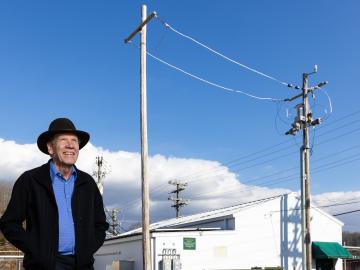
Bruce Warmack has been fascinated by science since his mother finally let him have a chemistry set at the age of nine. He’d been pestering her for one since he was six.

As a computer engineer at Oak Ridge National Laboratory, Gina Accawi has long been the quiet and steady force behind some of the Department of Energy’s most widely used online tools and applications.

Researchers at Oak Ridge National Laboratory have identified a statistical relationship between the growth of cities and the spread of paved surfaces like roads and sidewalks. These impervious surfaces impede the flow of water into the ground, affecting the water cycle and, by extension, the climate.

A new Department of Energy report produced by Oak Ridge National Laboratory details national and international trends in hydropower, including the role waterpower plays in enhancing the flexibility and resilience of the power grid.
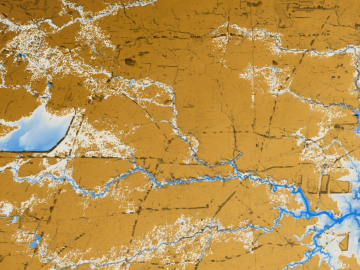
A new tool from Oak Ridge National Laboratory can help planners, emergency responders and scientists visualize how flood waters will spread for any scenario and terrain.
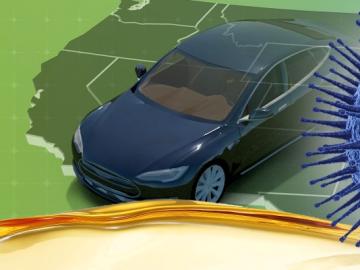
Oak Ridge National Laboratory researchers have developed a machine learning model that could help predict the impact pandemics such as COVID-19 have on fuel demand in the United States.

Oak Ridge National Laboratory scientists evaluating northern peatland responses to environmental change recorded extraordinary fine-root growth with increasing temperatures, indicating that this previously hidden belowground mechanism may play an important role in how carbon-rich peatlands respond to warming.
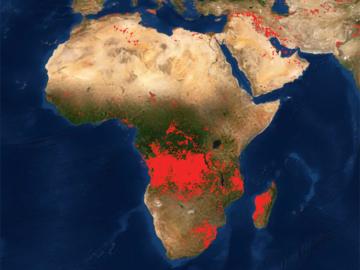
Researchers at Oak Ridge National Laboratory developed a method that uses machine learning to predict seasonal fire risk in Africa, where half of the world’s wildfire-related carbon emissions originate.


